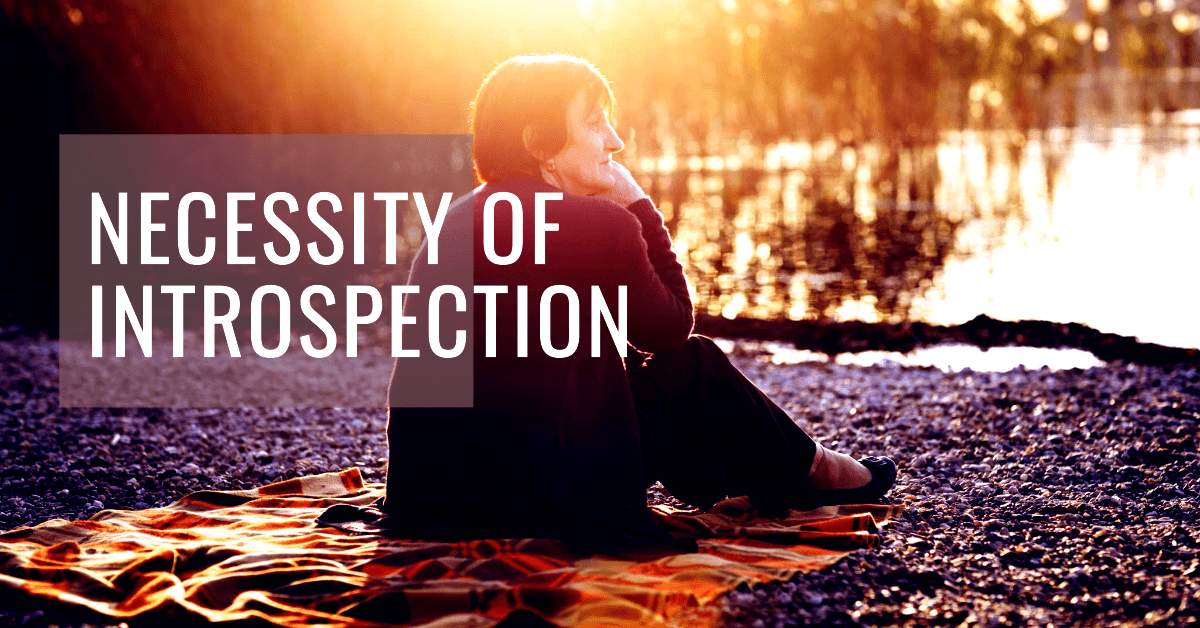Your cart is currently empty!
Rise Strong: Building Emotional Resilience for a Fulfilling Life

In today’s fast-paced and unpredictable world, building emotional resilience has become more important than ever.
It’s the cornerstone of mental well-being, helping individuals navigate stress, adversity, and unexpected life events.
But what exactly is emotional resilience, and how can we build and maintain it?
What is Emotional Resilience?
Emotional resilience is the ability to recover from or adapt to difficult situations, whether they involve personal setbacks, work-related stress, or traumatic experiences. It’s not about avoiding negative emotions but learning how to manage them effectively.
Those with strong emotional resilience are better equipped at handling life’s ups and downs with grace and composure, making them more likely to thrive under pressure.
The Science Behind Emotional Resilience
Resilience is not a fixed trait.
It is something we can develop and strengthen over time. Studies in psychology show that emotional resilience is influenced by a combination of genetics, environment, and life experiences.
It involves a range of cognitive, emotional, and behavioral processes, including:
- Cognitive flexibility: The ability to shift perspectives and adapt to new circumstances.
- Emotional regulation: Managing and responding to emotions in a healthy manner.
- Social support: Building and maintaining strong relationships that provide comfort during tough times.
- Optimism: Having a positive outlook and believing in one’s ability to overcome challenges.
Why Building Emotional Resilience Matters
Having emotional resilience is essential for mental health and well-being.
Without it, you’re more likely to experience prolonged periods of stress, anxiety, neuroticism, or depression.
Resilience can significantly improve your quality of life by helping you cope with challenges, maintain emotional stability, and recover more quickly from difficult situations.
Benefits of Building Emotional Resilience
- Improved mental health: People who are resilient are less likely to experience depression, anxiety, and other mental health disorders.
- Better stress management: Resilience helps you handle stress more effectively, preventing burnout and overwhelming feelings.
- Stronger relationships: Healthier relationships by encouraging open communication and empathy.
- Increased productivity: Those with high resilience can stay focused and productive, even in stressful environments.
How to Build Emotional Resilience: A Step-by-Step Guide
While some people may naturally have higher levels of emotional resilience, the good news is that anyone can strengthen their level of resilience. Below are practical steps to help you build and strengthen your emotional resilience over time.
1. Practice Self-Awareness
The first step in building emotional resilience is to become more aware of your thoughts, feelings, and behaviors. This means taking the time to reflect on how you respond to stressful situations and understanding your emotional triggers.
Self-awareness allows you to better manage your emotions and identify areas where you can improve.
- Keep a journal to track your emotional responses to challenging situations and daily living.
- Practice mindfulness techniques, such as meditation, to stay present and connected to your feelings.
- Learn to recognize when you are feeling overwhelmed and take a step back.
2. Develop Healthy Coping Mechanisms
Coping mechanisms are essential tools for handling stress and adversity.
The key to building emotional resilience is developing healthy strategies that allow you to manage negative emotions without becoming overwhelmed.
Some effective coping mechanisms include:
- Exercise: Physical activity releases endorphins, which can improve mood and reduce stress.
- Deep breathing: Practicing deep, controlled breaths can help calm your nervous system and reduce anxiety.
- Creative outlets: Engage in hobbies or activities that bring you joy and allow you to express your emotions and feelings.
3. Build Strong Social Connections
Social support is a critical component of building emotional resilience. Having a network of friends, family, or colleagues who can offer guidance, comfort, and encouragement during tough times can significantly enhance your ability to bounce back.
Ways to Strengthen Social Connections
- Prioritize spending time with those you love
- Join community groups or clubs that bring out the best in you.
- Be open and vulnerable in relationships; allow others to support you
4. Cultivate Optimism
Resilient people tend to have an optimistic outlook on life.
This doesn’t mean they ignore negative events, rather they focus on the possibilities for growth and improvement that arise from difficult situations.
Cultivating optimism can help you stay motivated and focused, even when things don’t go as planned. Here are some ways to develop a more optimistic mindset:
Ways to Develop Optimism
- Focus on the positive aspects of your life, even when it’s hard. Gratitude comes in small packages.
- Reframe negative experiences as a space for learning and growth.
- Surround yourself with positive influences.
5. Set Clear Goals and Take Action
By setting achievable goals you can give yourself a sense of purpose and direction, which is crucial for building emotional resilience. When faced with challenges, having clear goals allows you to focus on what you can control.
Here’s how to set goals effectively:
- Break down larger goals into smaller, manageable tasks.
- Focus on progress, not perfection.
- Celebrate your achievements, no matter how small.
6. Learn from Setbacks
Setbacks are an inevitable part of life, but resilient people see them as opportunities to learn and grow.
Instead of dwelling on failures, they analyze what went wrong, adjust their approach, and move forward. To learn from setbacks:
- Reflect on what you could have done differently.
- Take responsibility for your actions without self-blame.
- Use setbacks as motivation to improve and persevere.
Common Myths About Emotional Resilience
There are several misconceptions about emotional resilience that prevent individuals from taking the steps needed to develop it.
Here are some common myths:
- Myth 1: Resilience means never feeling stressed or upset.
In reality, emotional resilience is not about avoiding emotions but learning how to manage them constructively. - Myth 2: You’re either born with resilience or you’re not.
Resilience is a skill that can be developed over time through practice and effort. - Myth 3: Being resilient means handling everything on your own.
Social support plays a crucial role in emotional resilience, and seeking help is a sign of strength, not weakness.
Emotional Resilience is a Lifelong Journey
Building emotional resilience is a process that requires self-awareness, effort, and practice.
By cultivating healthy coping mechanisms, maintaining strong social connections, and embracing an optimistic mindset, you can enhance your resilience and better navigate life’s challenges.
Remember, resilience isn’t about avoiding adversity, but about learning to thrive despite it.
The more you practice resilience, the more equipped you become to face whatever comes your way.



